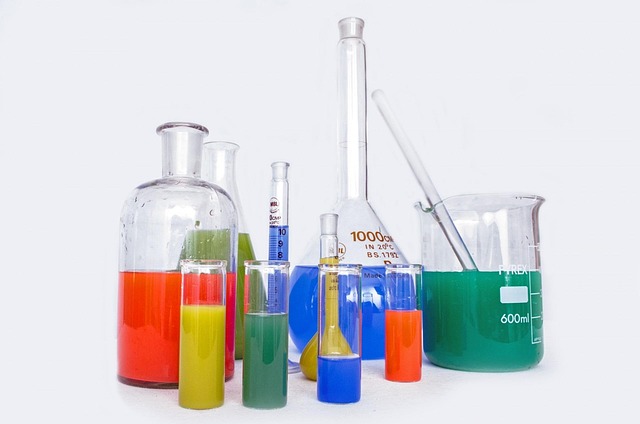Tristearin (CAS: 555-43-1): Properties, Applications, and Safety
What is Tristearin?
Tristearin, also known as glyceryl tristearate, is a triglyceride composed of three stearic acid molecules attached to a glycerol backbone. It is classified as a saturated fat and is widely used in industrial, cosmetic, and pharmaceutical applications. Tristearin is a solid at room temperature and is insoluble in water but soluble in organic solvents such as chloroform and ether.
Chemical and Physical Properties
Chemical Structure
– IUPAC Name: Propane-1,2,3-triyl tristearate
– Molecular Formula: C57H110O6
– Molecular Weight: 891.50 g/mol
– CAS Number: 555-43-1
– Melting Point: ~72°C (162°F)
– Solubility: Insoluble in water; soluble in organic solvents
– Appearance: White or off-white crystalline solid
Industrial and Non-Food Applications
1. Cosmetic and Personal Care Industry
Tristearin is commonly used in the formulation of skincare and beauty products due to its emollient and thickening properties. It acts as a structuring agent in creams, lotions, and other topical formulations to improve texture and stability.
2. Pharmaceutical Applications
– Used as a lubricant and binding agent in tablet formulations.
– Helps control the release rate of active pharmaceutical ingredients (APIs).
– Functions as an excipient in some medicinal ointments.
3. Industrial Lubricants and Coatings
Due to its chemical stability and lubricating properties, tristearin is used in:
– Lubricants for machinery and industrial equipment.
– Anti-static coatings to reduce friction in plastic and rubber manufacturing.
– Mold-release agents for metal casting and polymer processing.
4. Textile and Leather Processing
Tristearin is sometimes incorporated into textile treatments as a softening agent to enhance the texture and durability of fabrics. It is also used in leather processing to improve the suppleness of treated materials.
5. Candle and Wax Manufacturing
In candle production, tristearin serves as a hardening agent to increase the melting point of wax, making the candles burn longer and more evenly. It also helps improve the opacity and overall texture of wax products.
6. Plastics and Polymer Industry
Tristearin is used as a processing aid in plastics to improve molding and extrusion properties. It can function as a slip agent or release agent in polymer manufacturing.
Safety and Handling Considerations
Chemical Stability and Storage
– Tristearin is stable under normal conditions but should be stored in a cool, dry place away from direct sunlight.
– It does not readily decompose but may degrade upon exposure to strong acids or bases.
Toxicity and Environmental Impact
– Generally regarded as non-toxic and safe for industrial use.
– Biodegradable, making it environmentally friendly.
– Direct contact may cause mild skin irritation in sensitive individuals, so gloves and protective equipment are recommended during handling.
Conclusion
Tristearin (CAS: 555-43-1) is a versatile triglyceride with applications spanning the cosmetic, pharmaceutical, industrial, and polymer sectors. Its chemical stability, lubricating properties, and structuring capabilities make it valuable in manufacturing processes. While it is safe for industrial use, proper handling and storage measures should be followed to maintain its efficacy and stability.
